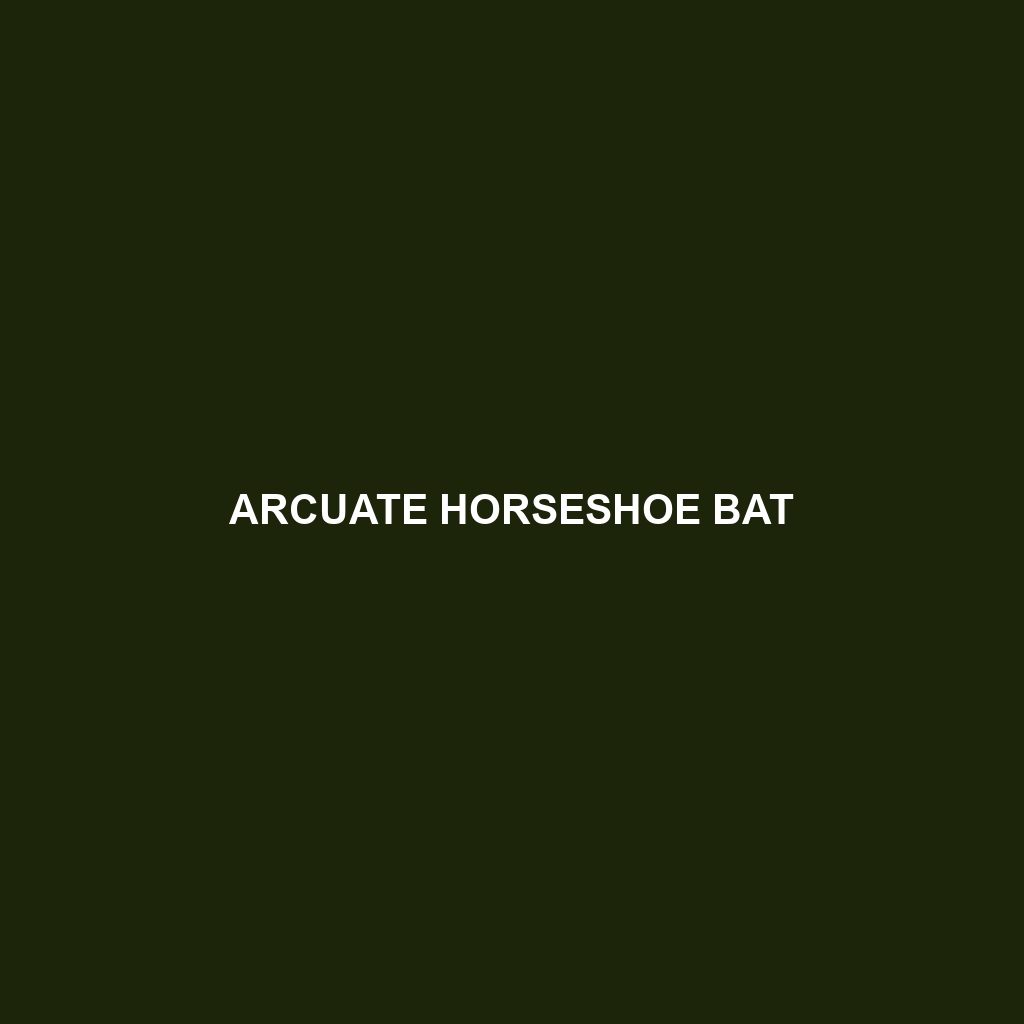Homfray’s Horseshoe Bat
Common Name: Homfray’s Horseshoe Bat
Scientific Name: Rhinolophus homfrayi
Habitat
Homfray’s Horseshoe Bat is primarily found in the tropical forests of Southeast Asia, particularly in countries such as Malaysia, Thailand, and Indonesia. This bat species prefers humid, dense forest environments and is often associated with both primary and secondary forests. They can also be found in limestone caves, which provide ideal roosting sites.
Physical Characteristics
This medium-sized bat measures approximately 30 to 50 grams in weight, with a wingspan of about 30 to 35 cm. Homfray’s Horseshoe Bat has a distinctive horseshoe-shaped noseleaf that contributes to its echolocation abilities. Its fur is typically brown to dark chocolate with lighter underparts, and its large eyes give it excellent night vision.
Behavior
Homfray’s Horseshoe Bat is primarily nocturnal, exhibiting behaviors typical of many bat species. They are known for their agile flight and tend to roost in small colonies, often consisting of a few dozen individuals. These bats exhibit a social structure that aids in their foraging and predator evasion strategies. During the day, they roost in sheltered spots, such as caves or dense foliage.
Diet
The diet of Homfray’s Horseshoe Bat mainly consists of insects, particularly moths, beetles, and flies. Their foraging typically occurs during the night, where they utilize their echolocation skills to locate and capture prey in the air. This species plays a crucial role in controlling insect populations in its habitat.
Reproduction
Homfray’s Horseshoe Bat has a specific breeding season, which usually occurs during the late spring to early summer months. Females typically give birth to a single offspring each year after a gestation period of around two to three months. The young are nursed and cared for in roosting colonies until they are able to fly and forage on their own.
Conservation Status
The current conservation status of Homfray’s Horseshoe Bat is vulnerable, largely due to habitat loss and degradation caused by deforestation and land conversion for agriculture. Conservation efforts are critical to preserve their forest habitats and ensure their survival.
Interesting Facts
Homfray’s Horseshoe Bat is notable for its exceptional echolocation abilities, which allow it to hunt effectively even in complete darkness. Additionally, it is recognized for its unique social interactions within their colonies, including mutual grooming behavior.
Role in Ecosystem
Homfray’s Horseshoe Bat plays a vital role in the ecosystem as pollinators and pest controllers. By feeding on insects, they help maintain ecological balance and contribute to the overall health of their habitat. Furthermore, their presence indicates a healthy environment, serving as a biological indicator for overall biodiversity.
